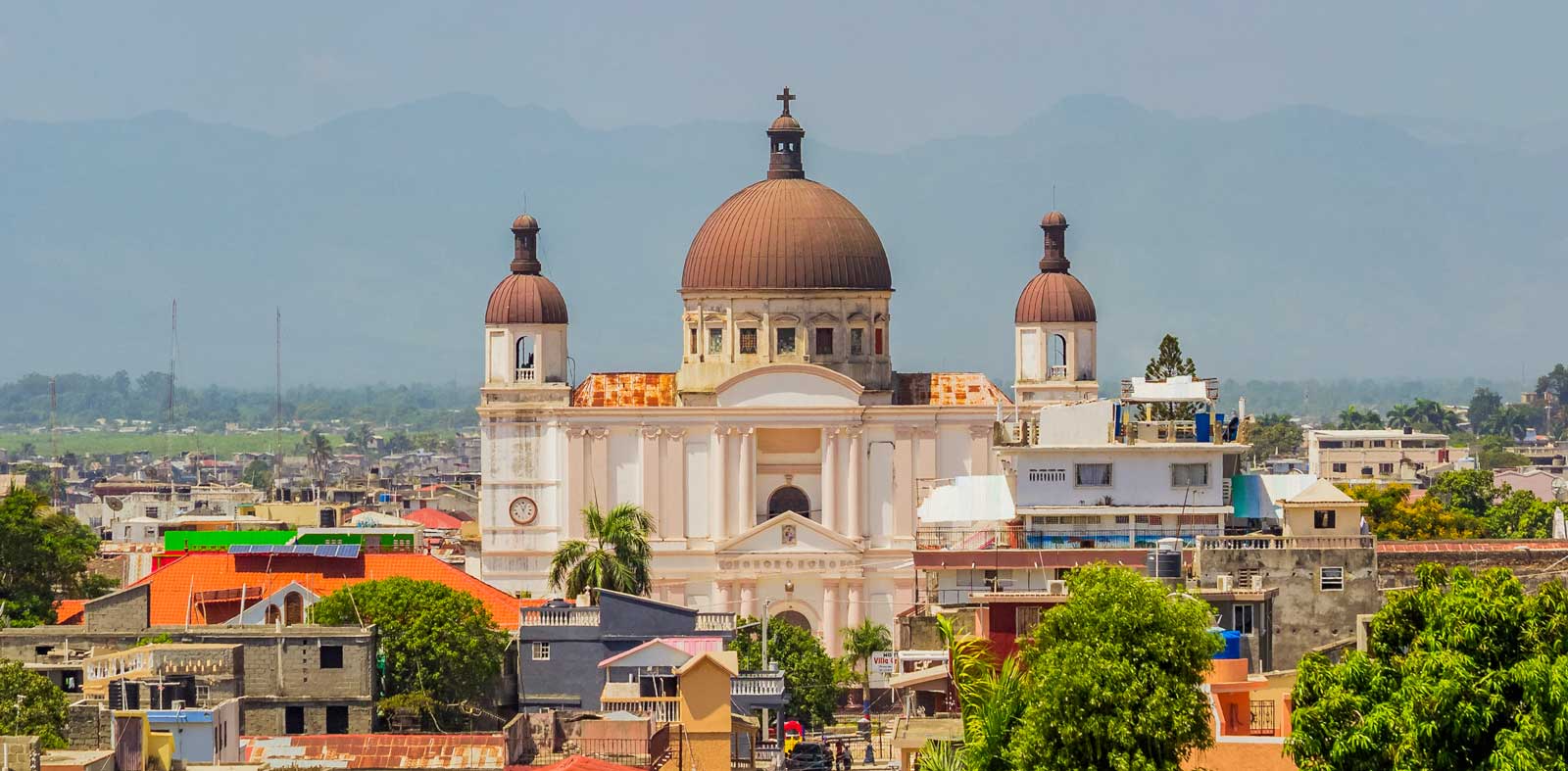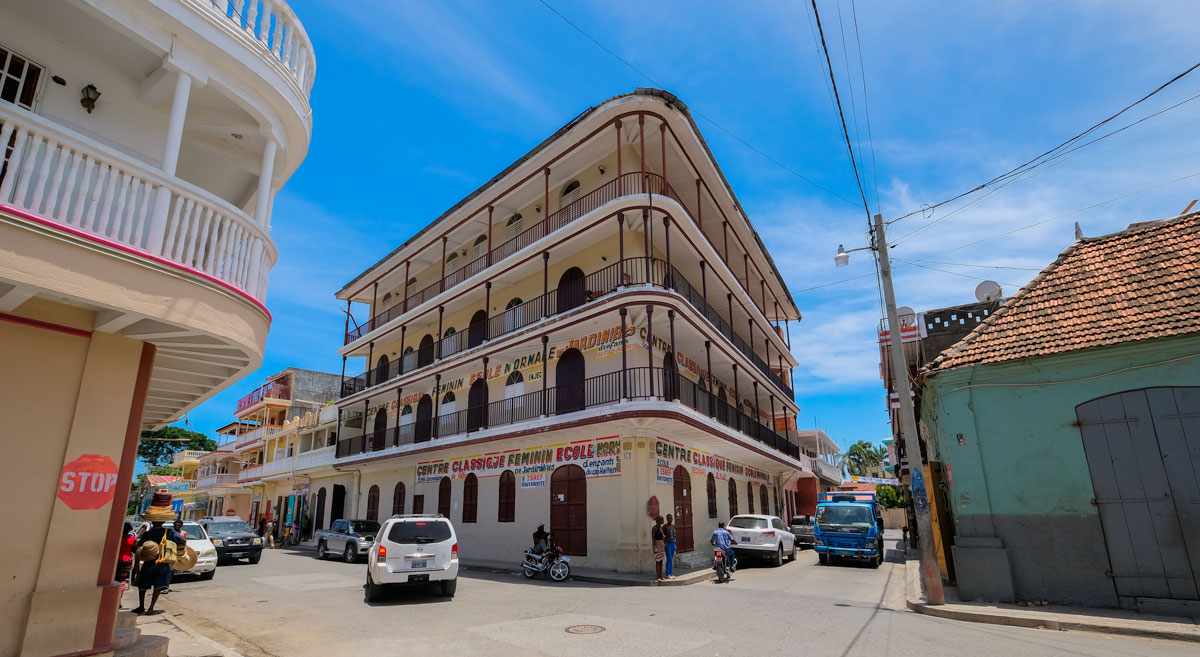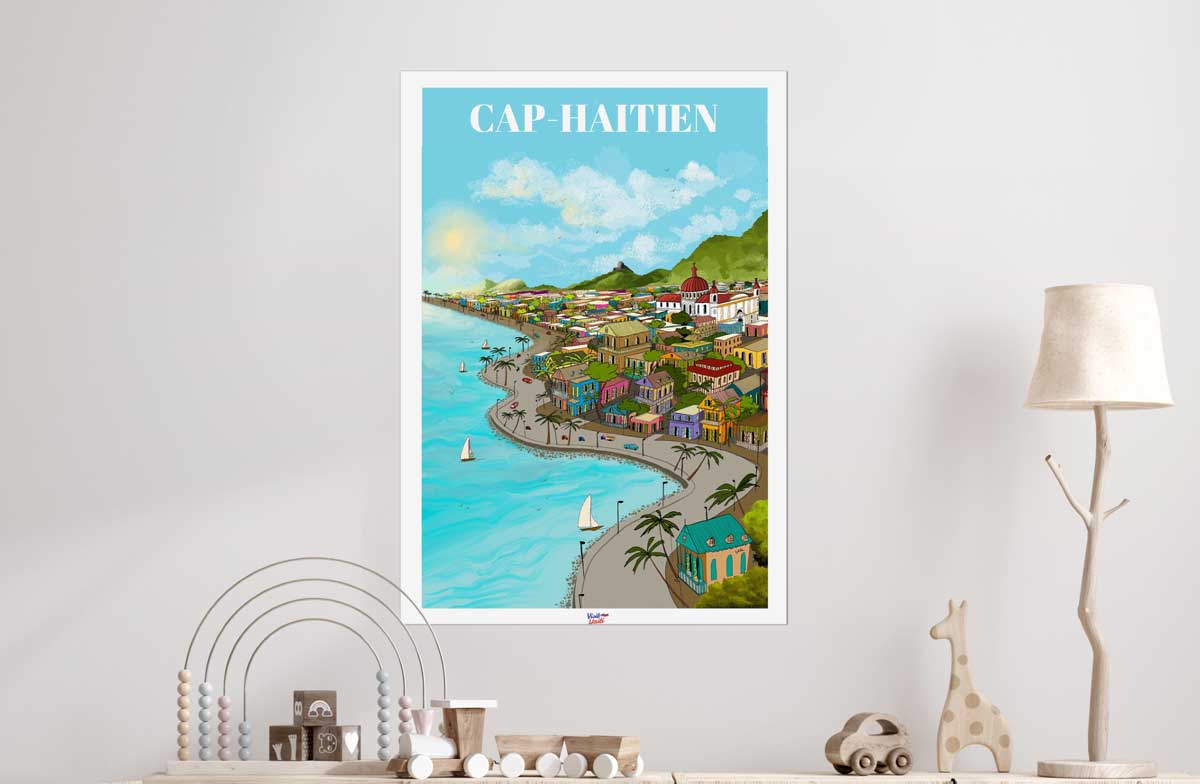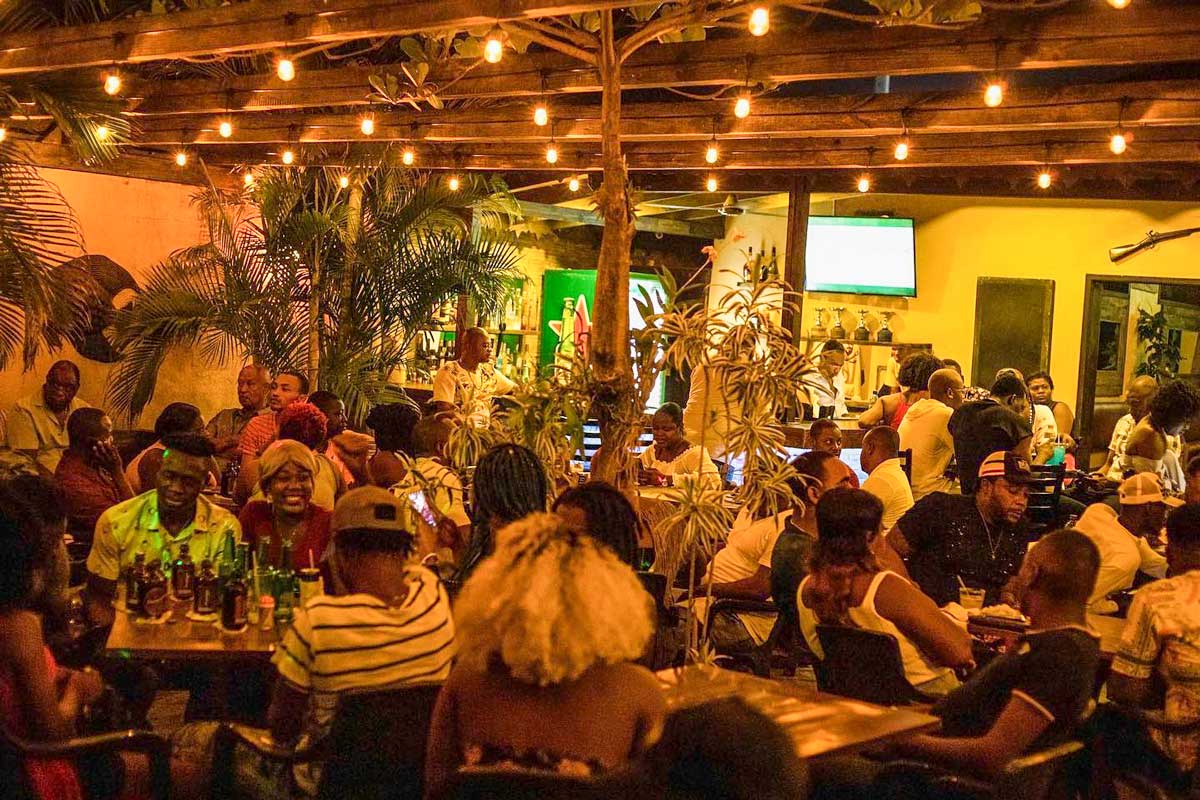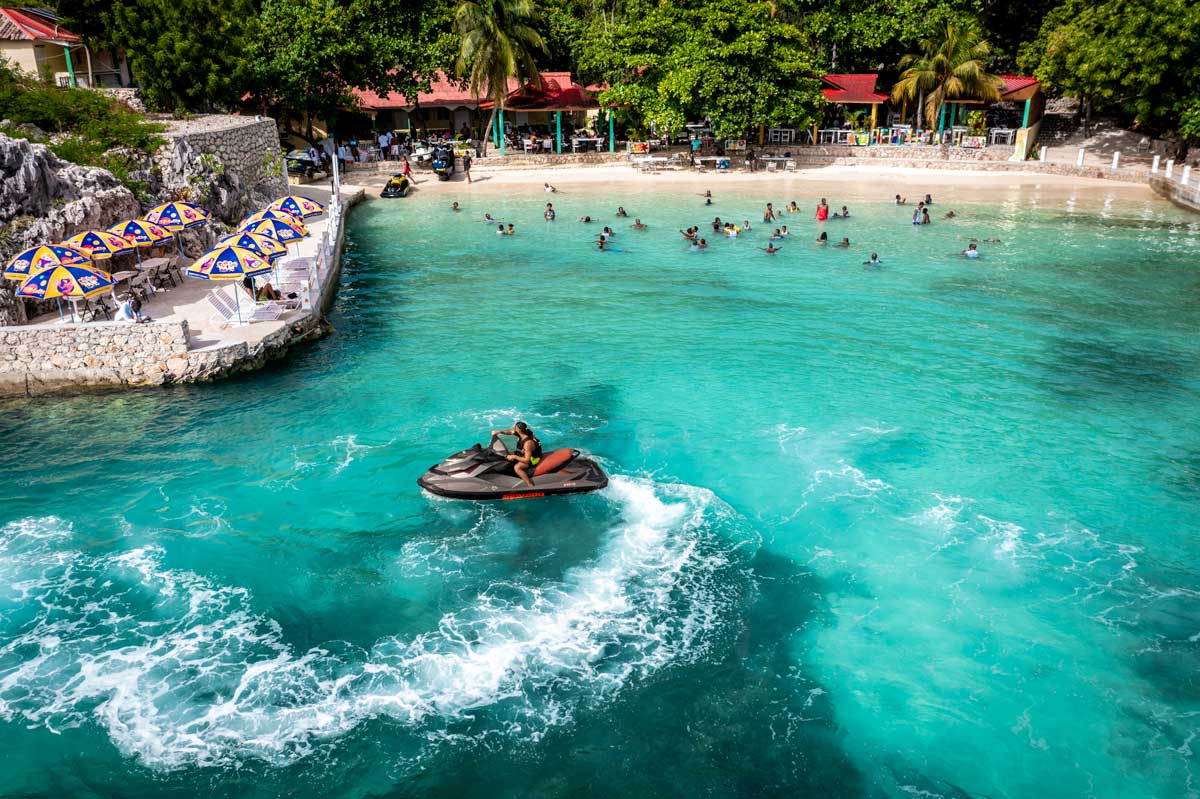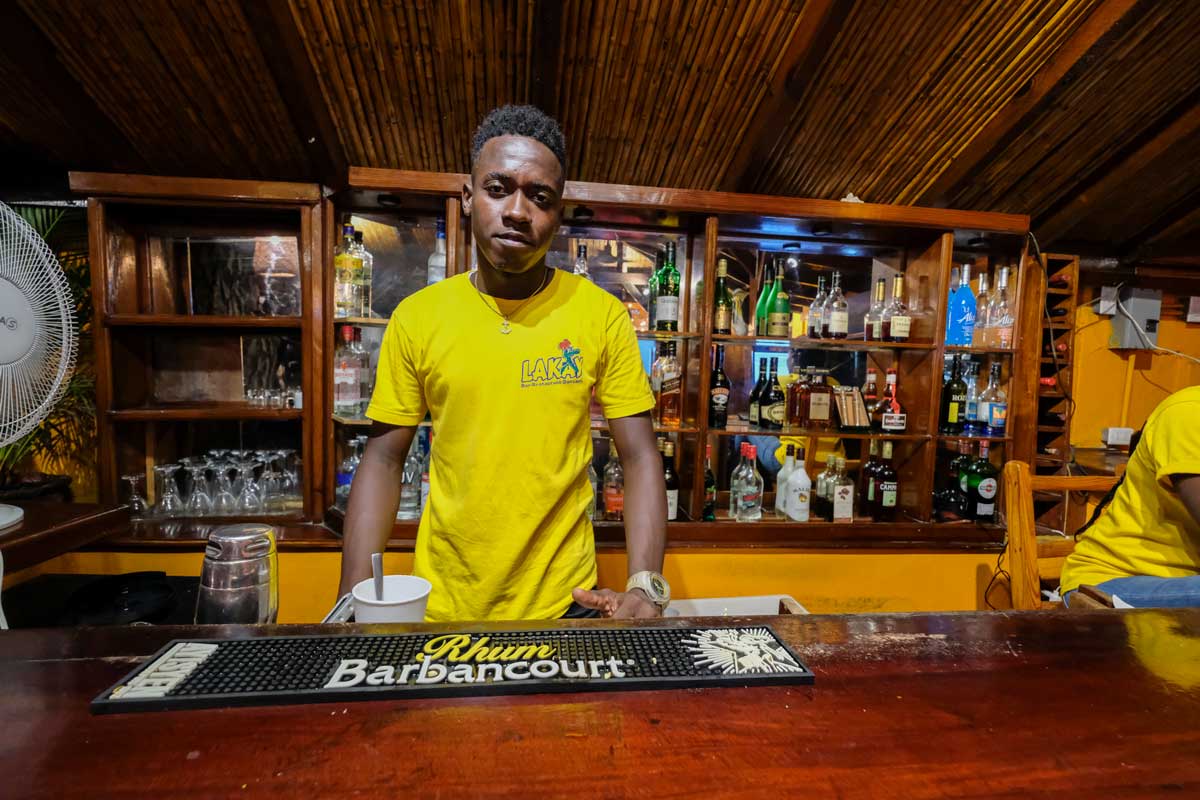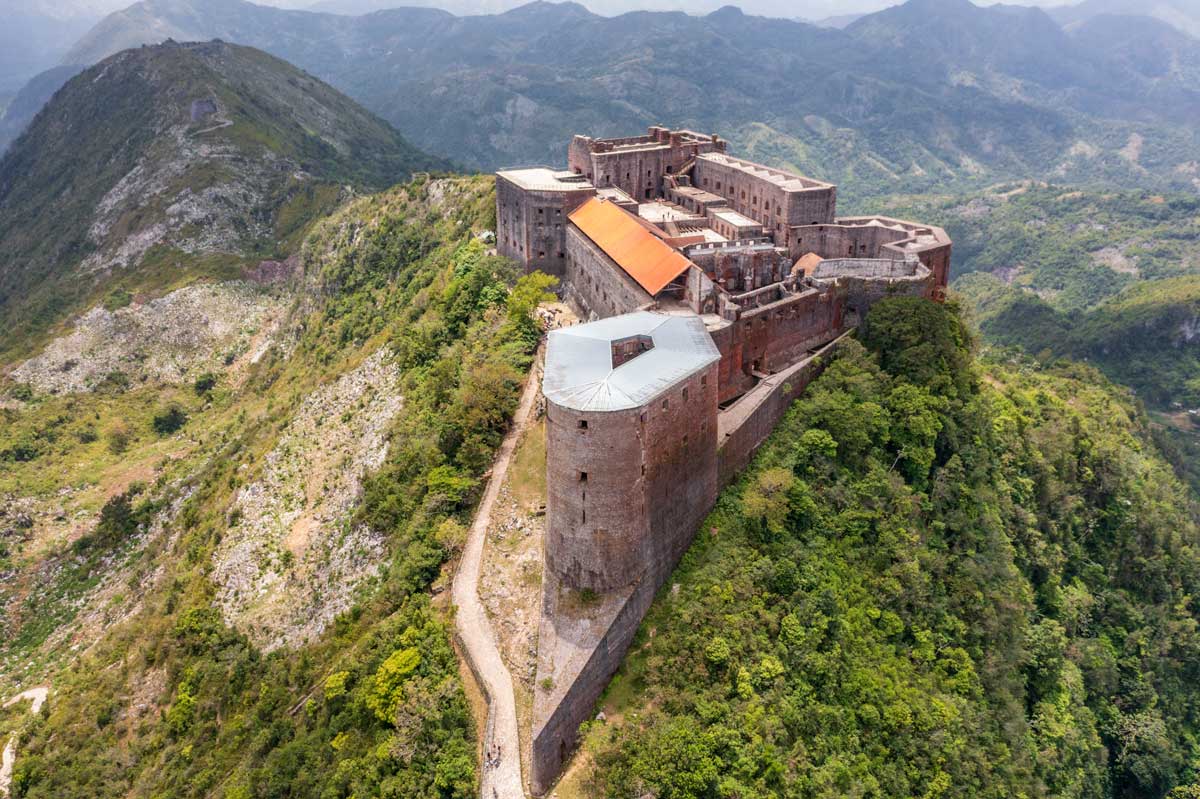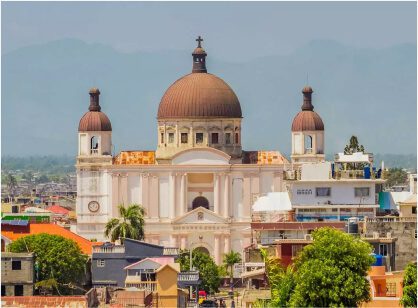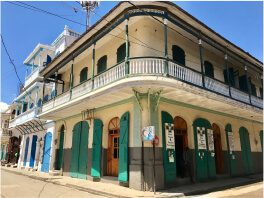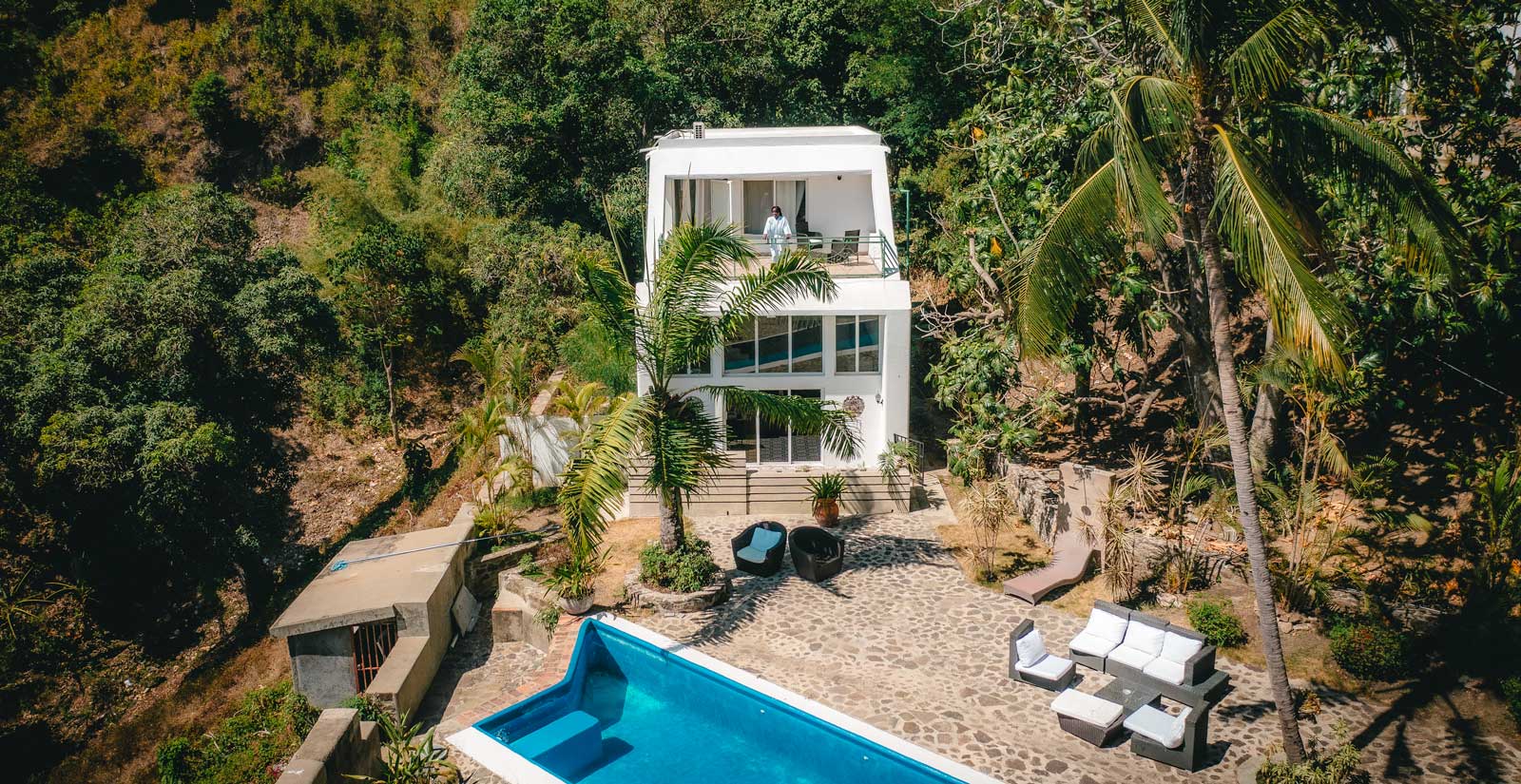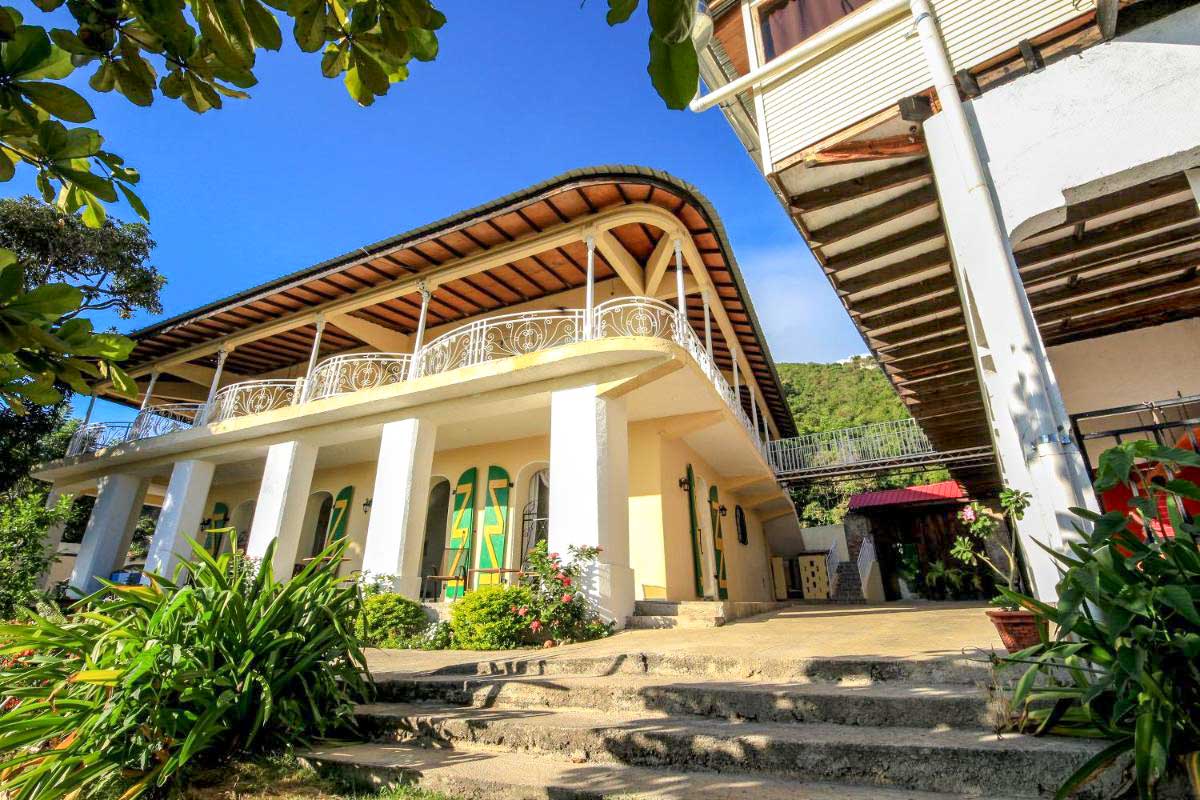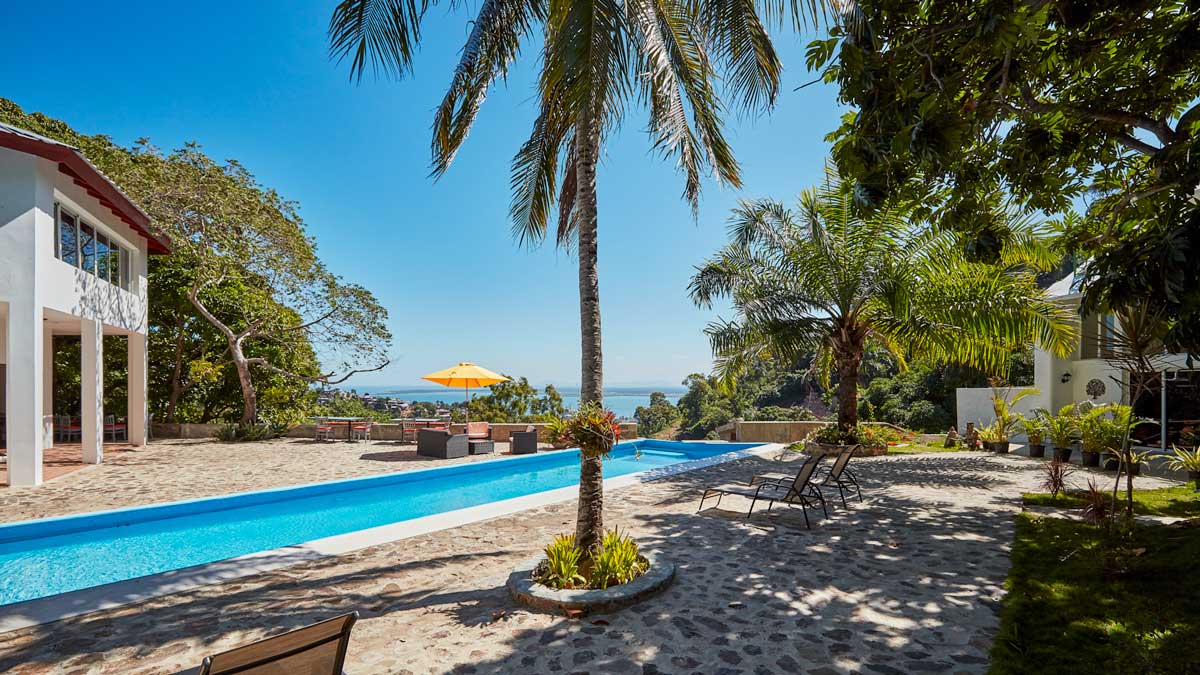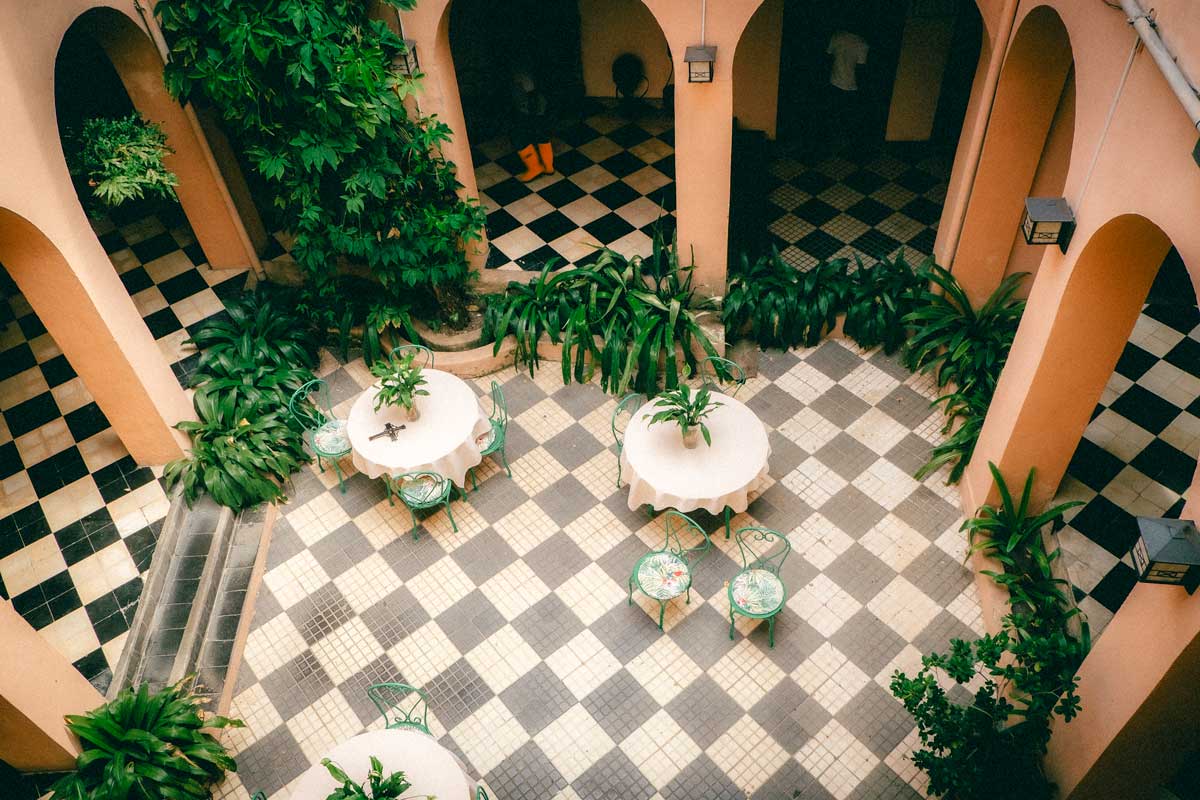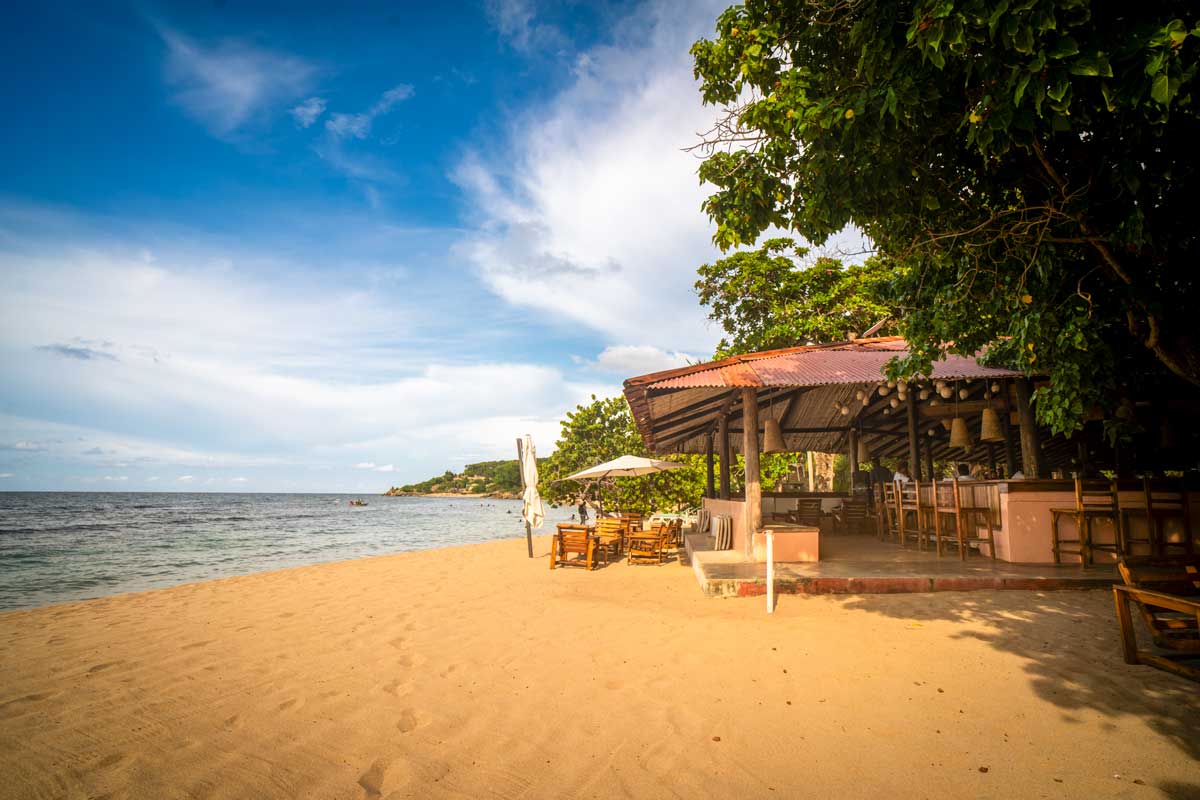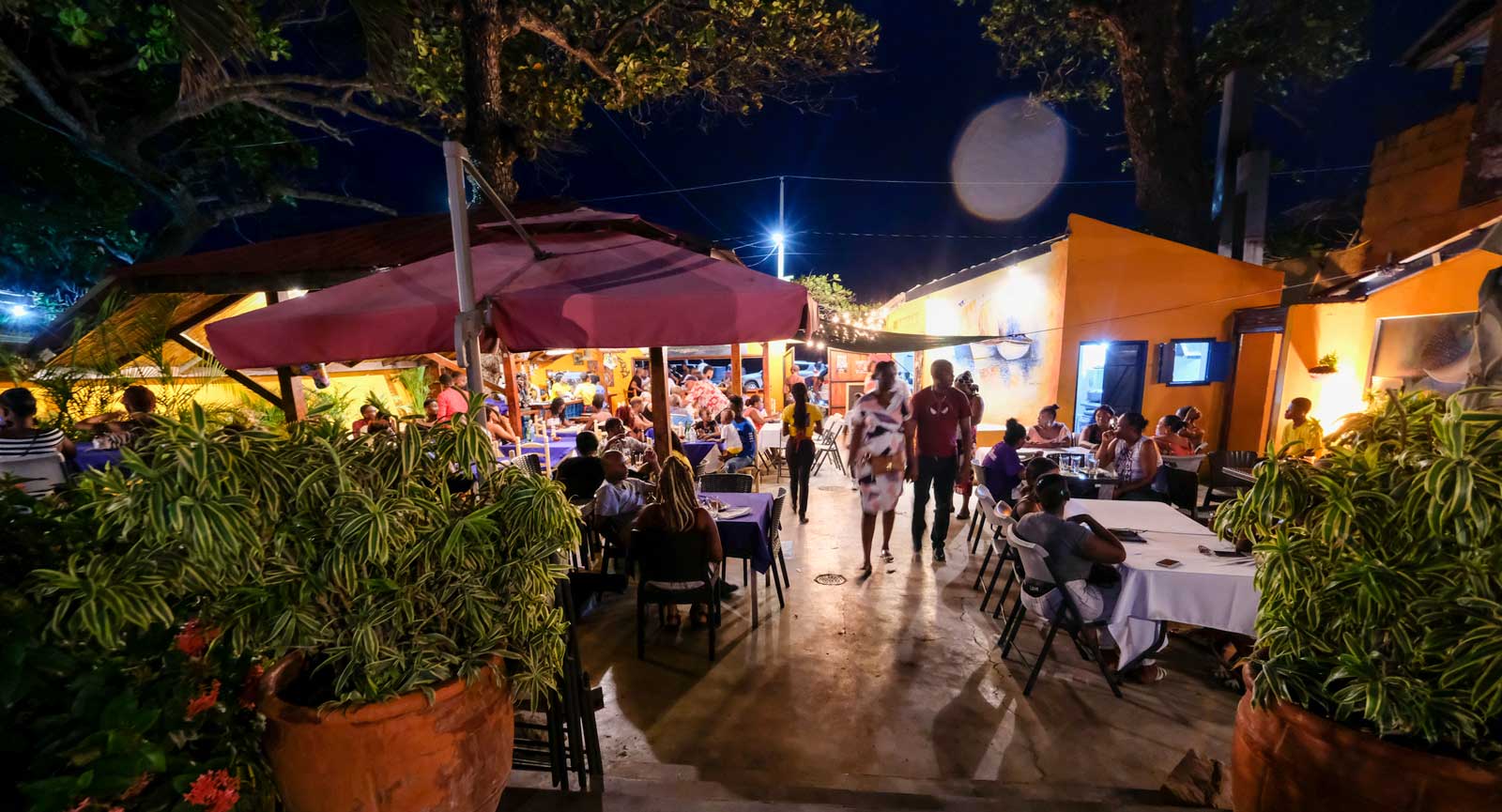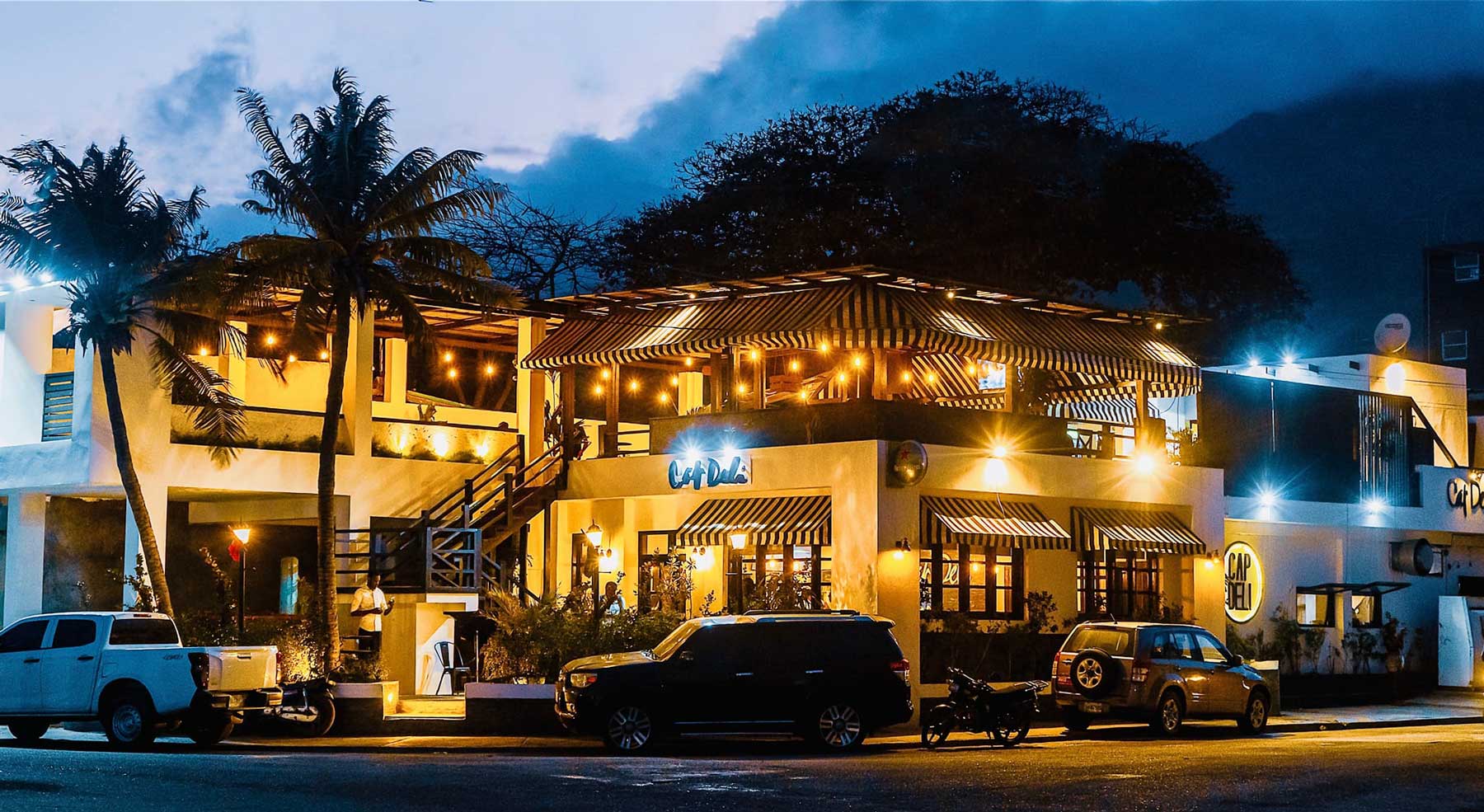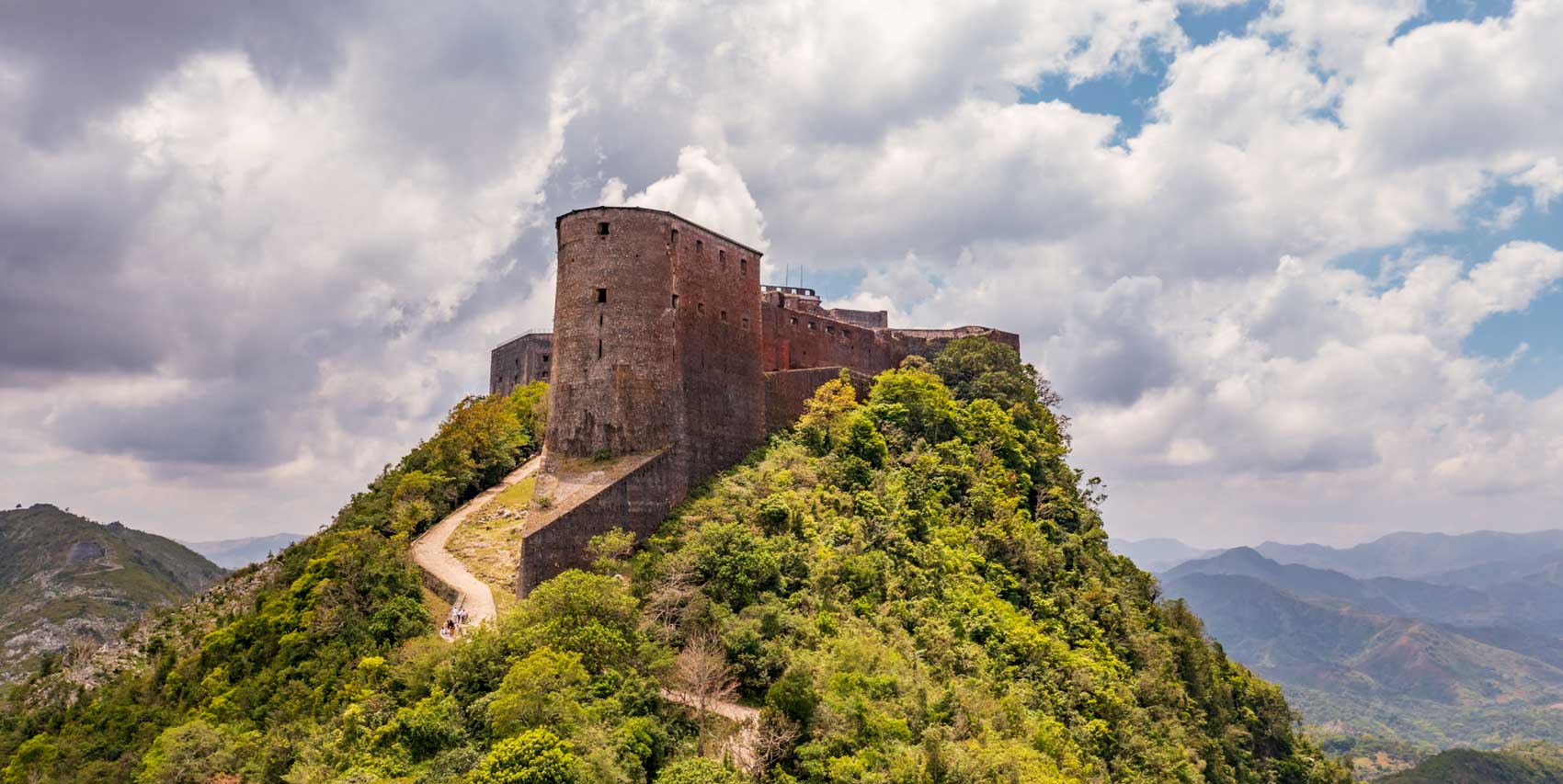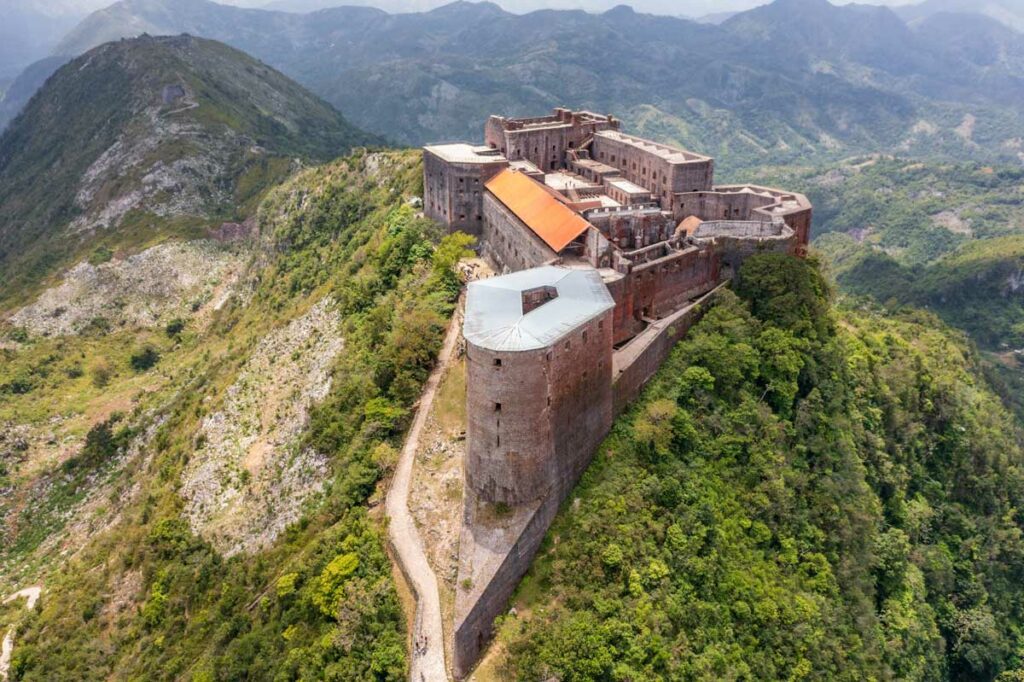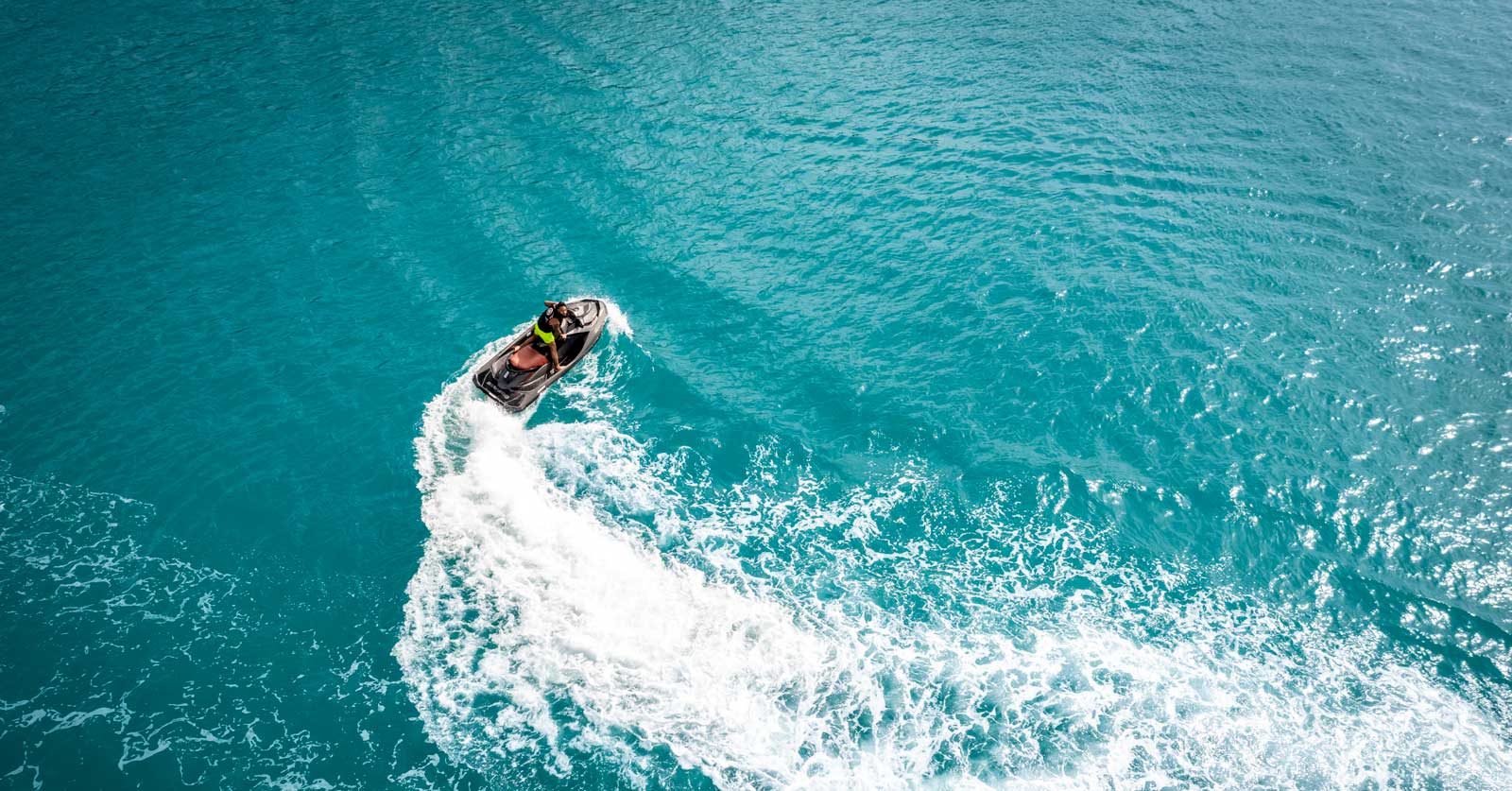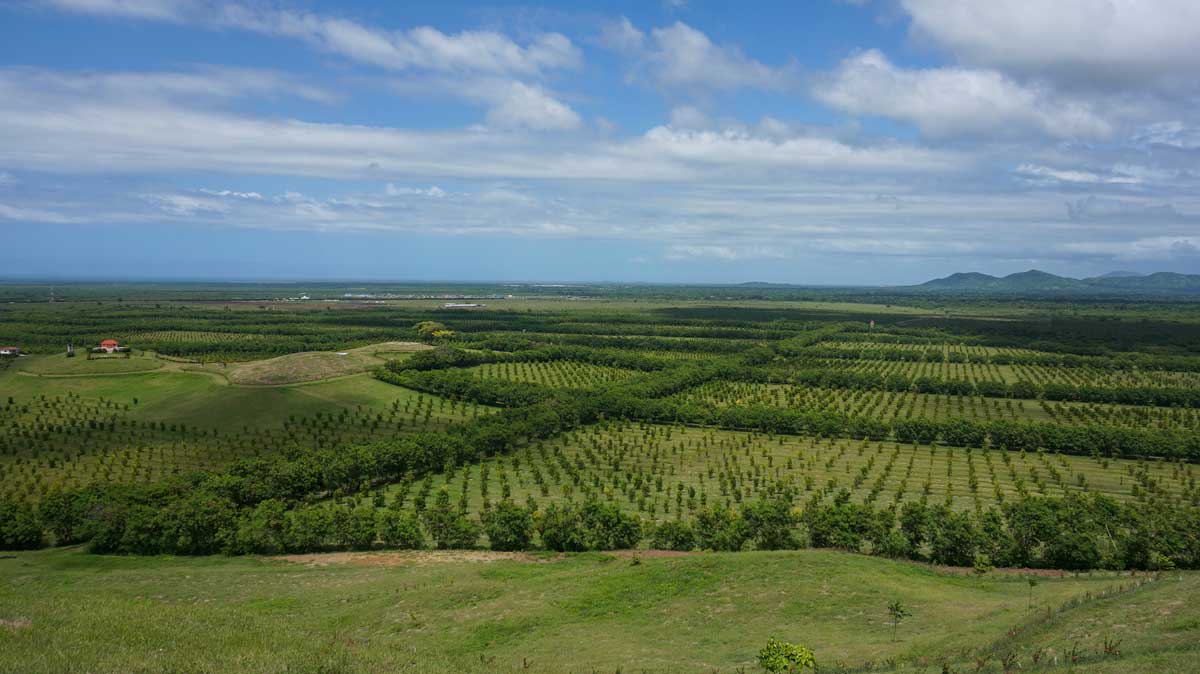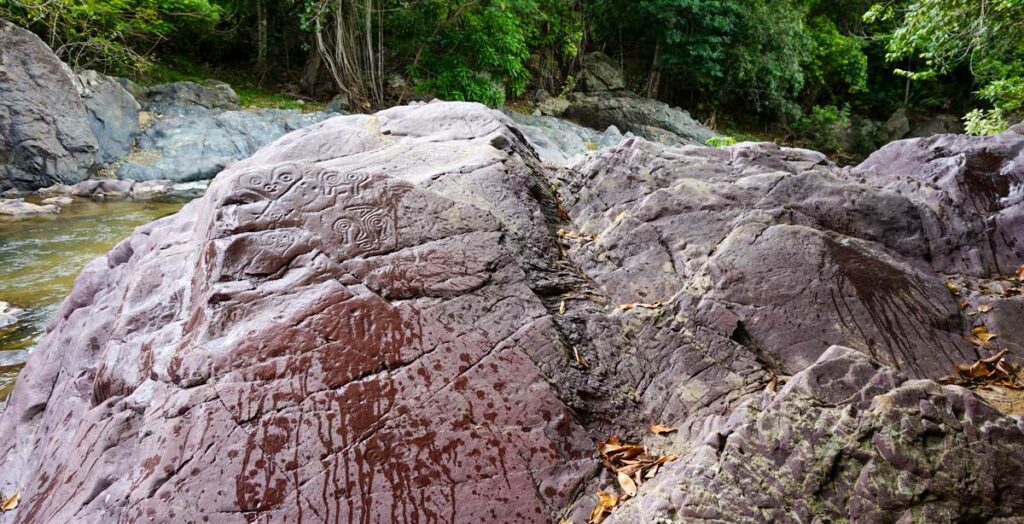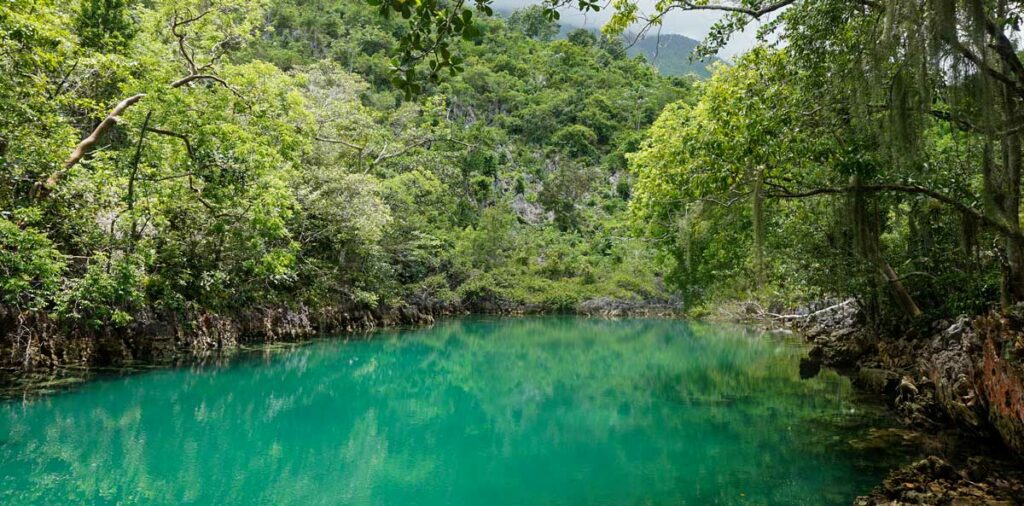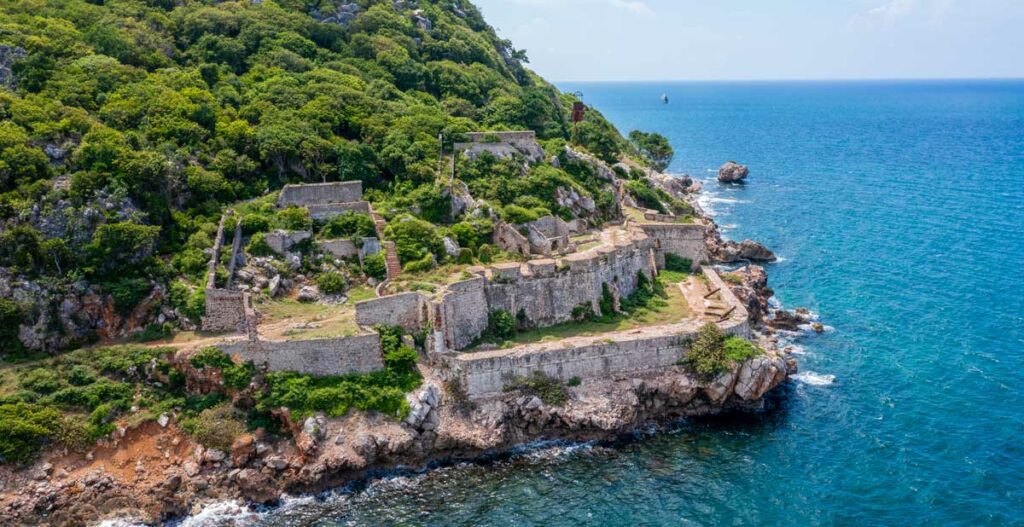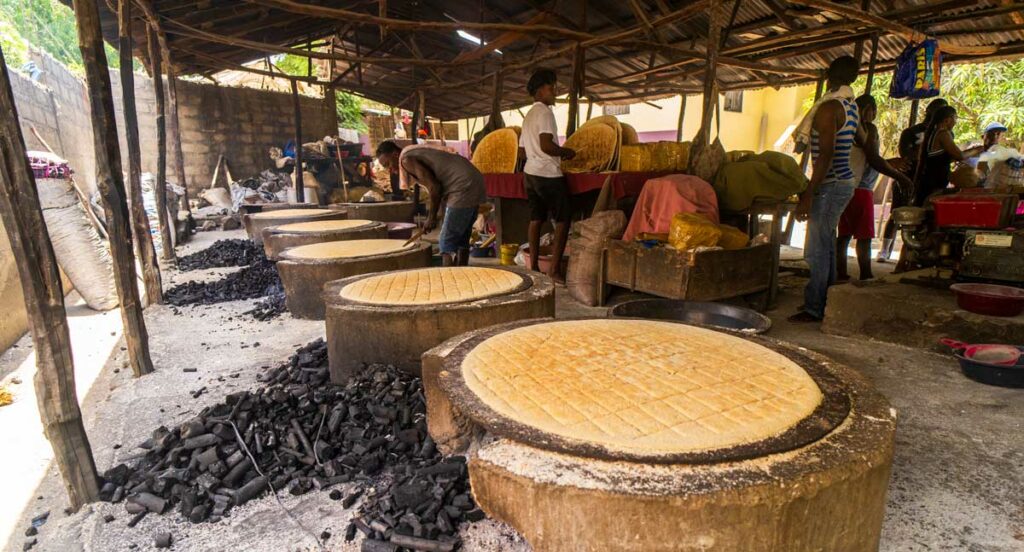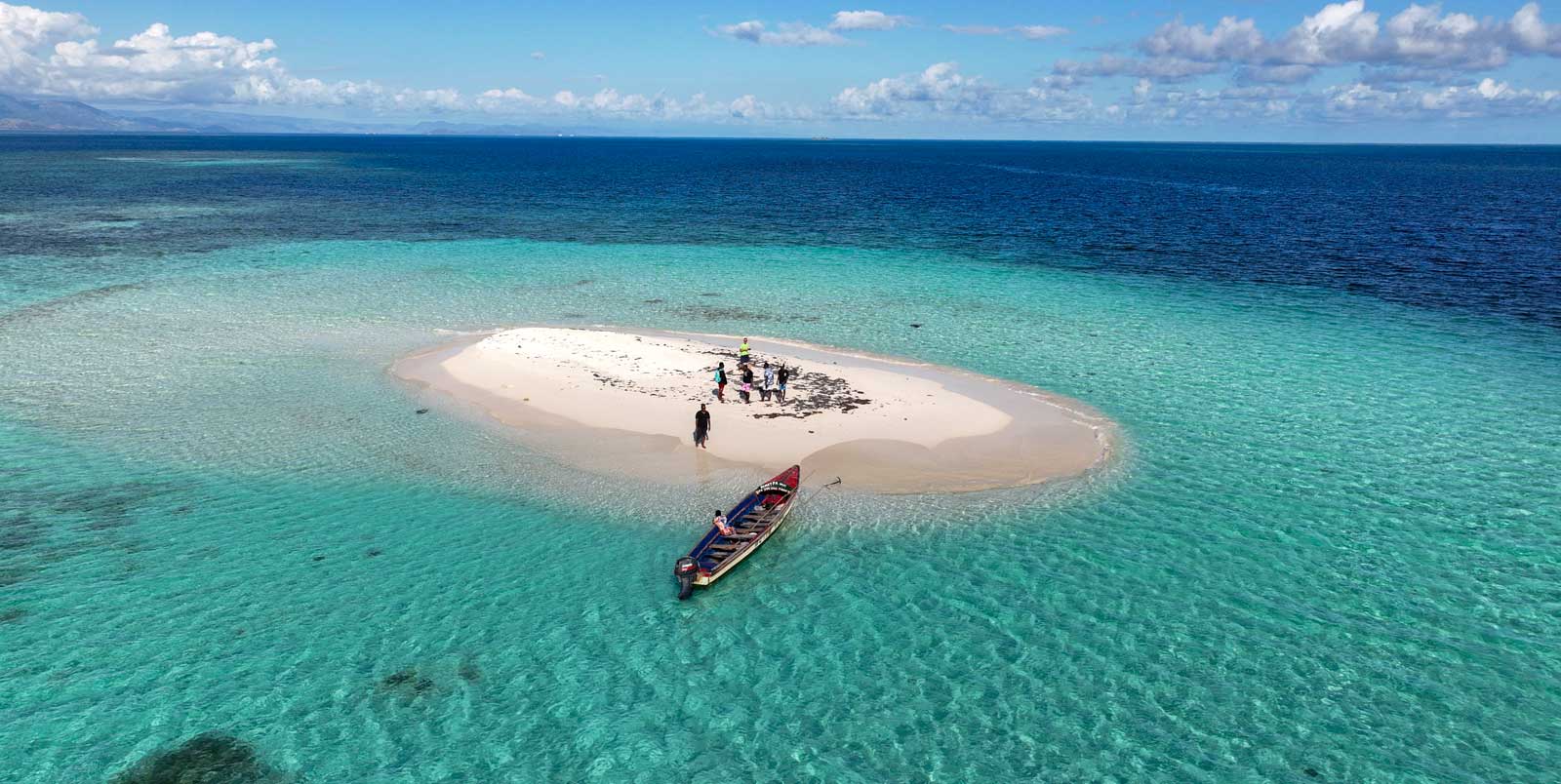
Photo: Anton Lau
Set Sail for Eight (Almost Unknown) Haitian Islands
You won’t find souvenir stands on these shores. Or tour guides. Or plans, really. What you’ll find instead is something else entirely: fishing nets, rum-soaked meals, and seas that still feel unscripted. Haiti’s islands aren’t easy to get to — and maybe that’s the point.
Far from the resorts and the crowds, Haiti’s islands trace a quieter arc across the Caribbean — a string of remote places where time moves differently. From the north to the far south, we explore eight destinations that offer history, solitude, and something harder to name. This is your island-by-island guide to Haiti’s most overlooked treasures.

Photo: R. Castera
1. Île de la Tortue
Even the name feels like a story: Tortuga, the legendary pirate haven that once flickered in and out of maps and memory. Just off Haiti’s north coast, Île de la Tortue is steeped in cinematic lore — a place whispered about in old maritime journals and reinvented in Hollywood scripts. Once the stronghold of buccaneers and smugglers, it’s now a quiet island with sharp cliffs, rolling hills, and a rugged kind of solitude that still carries echoes of its past.
There’s little infrastructure here, and even fewer visitors — but that’s the pull. If you’re chasing something untamed, Tortuga offers the rare kind of isolation that still crackles with legend. It’s not about what you’ll find, but what you’ll feel: that strange thrill of stepping into a place where time hasn’t quite caught up.
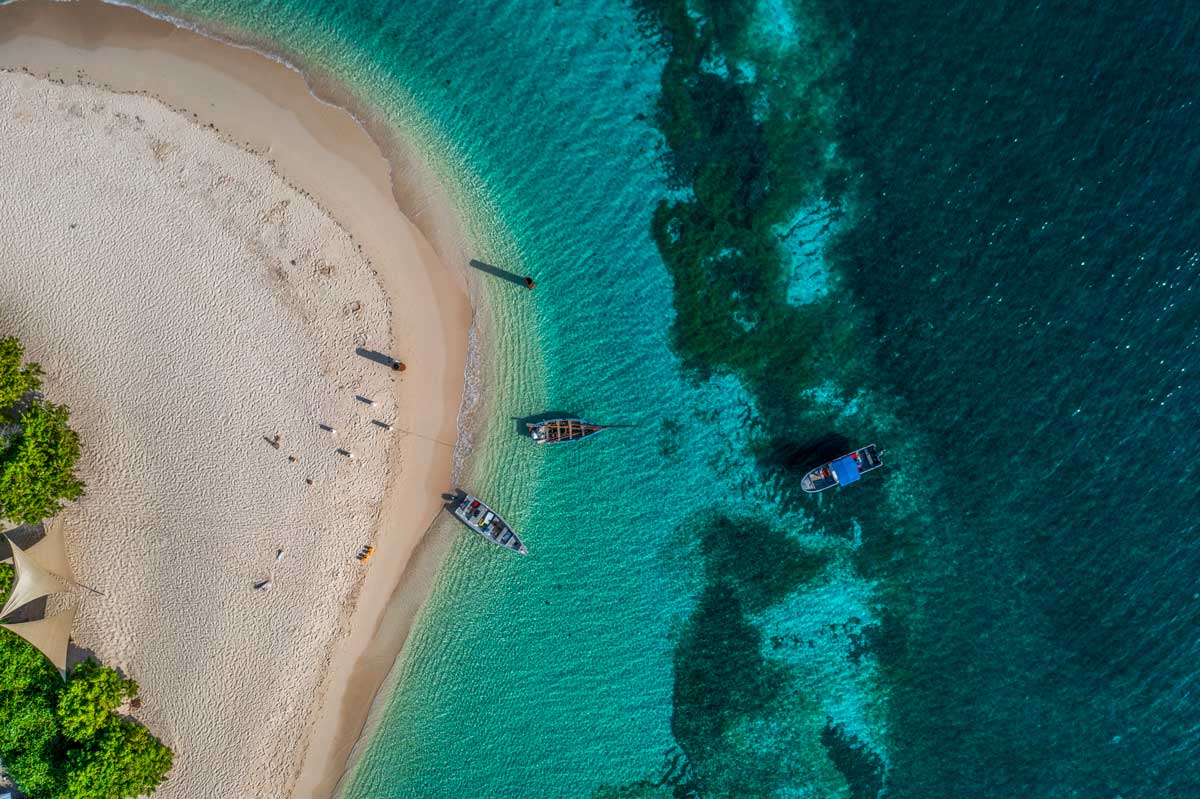
Photo: Jean Oscar Augustin
2. Île-à-Rat
Sail southeast from Tortuga and you’ll land on something altogether softer: a tiny, teardrop-shaped island floating in turquoise shallows just off the coast from Cap-Haïtien. Known as Île-à-Rat — Rat Island (but don’t let the name fool you; there are no rodents here) — and rebranded by cruise lines as Amiga Island, this sandy slip of paradise is more picnic blanket than pirate stronghold: the kind of island you draw as a kid — palm trees, blue water, and nothing else.
Ringed by calm, crystalline water, the island is perfect for a nap in the shade or a barefoot lap around the shore — it only takes about 10 minutes to walk the whole thing. Snorkelers can explore coral nurseries and spot rusting cannons on the seafloor, while slower-paced travelers can grill lambi, sip local rum, and drift off with a novel and the hum of the sea. You’ll find no hotels, no roads, no rush — just a boat ride, a cooler, and a kind of stillness that’s hard to bring back with you.
Curious about Île-à-Rat? Read more here!

Photo: Marina Blue Haiti
3. La Gonâve
Leave the lush north behind, and sail west into the wide open stillness of the Gulf of Gonâve. Haiti’s largest island appears almost suddenly — vast, stony, and quiet, with high limestone ridges rising above a pale blue horizon. This is La Gonâve: windswept and weathered, steeped in history but rarely in the spotlight.
Once known as Guanabo by the indigenous Taíno indians, the island became a sanctuary during the first waves of colonial violence. Even today, traces of the past linger — from freshwater springs in hidden uplands to stories of Queen Anacaona and, centuries later, an American Marine who was briefly crowned king. Expect sun-bleached beaches, sailboats pulled onto shore, and fishing villages that move to their own rhythm. Most visitors pass it by. Those who don’t often come by boat — and leave with more questions than answers.
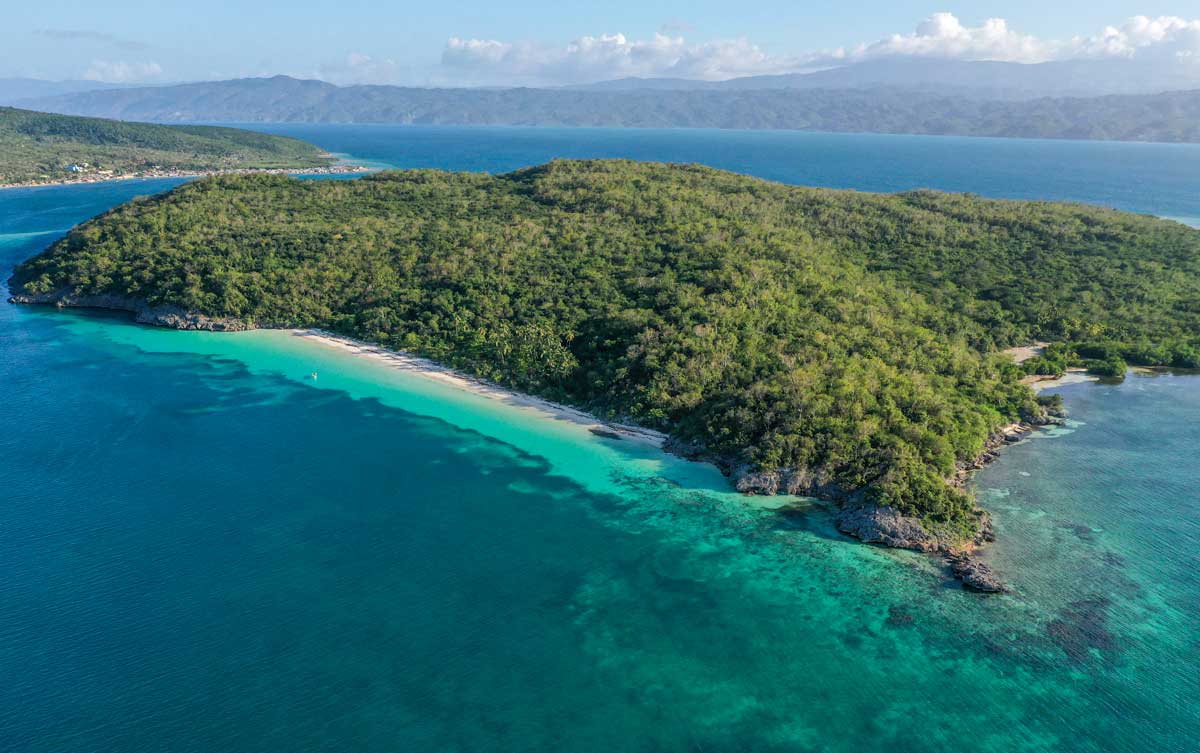
Photo: Anton Lau
4. Petite Cayemite
Slip west from La Gonâve, and you’ll find yourself headed toward one of Haiti’s most untouched islets — a green dot in the Gulf, shrouded in jungle and mystery. Petite Cayemite may be the smaller sister of Grande Cayemite, but what it lacks in size, it makes up for in solitude. No roads, no houses, no signs of life — only birds overhead, fish darting through coral, and one perfect stretch of sand: Anse Blanche.
Reachable only by boat — about 15 minutes from the sleepy Grand’Anse fishing village of Pestel Pestel — this pocket-sized island is the kind of place you pack for like a picnic, and leave like a dream. You’ll need to bring your own water, snacks, maybe a hammock, and a sense of adventure. But if you do, Petite Cayemite will give you something in return: a quiet so complete it hums.
The island shares its name with a local fruit, kaymit — a purplish orb of soft sweetness you’ll likely find back on the mainland. Want to explore more of Haiti’s tropical bounty? Here are some other Haitian fruits you should know about.
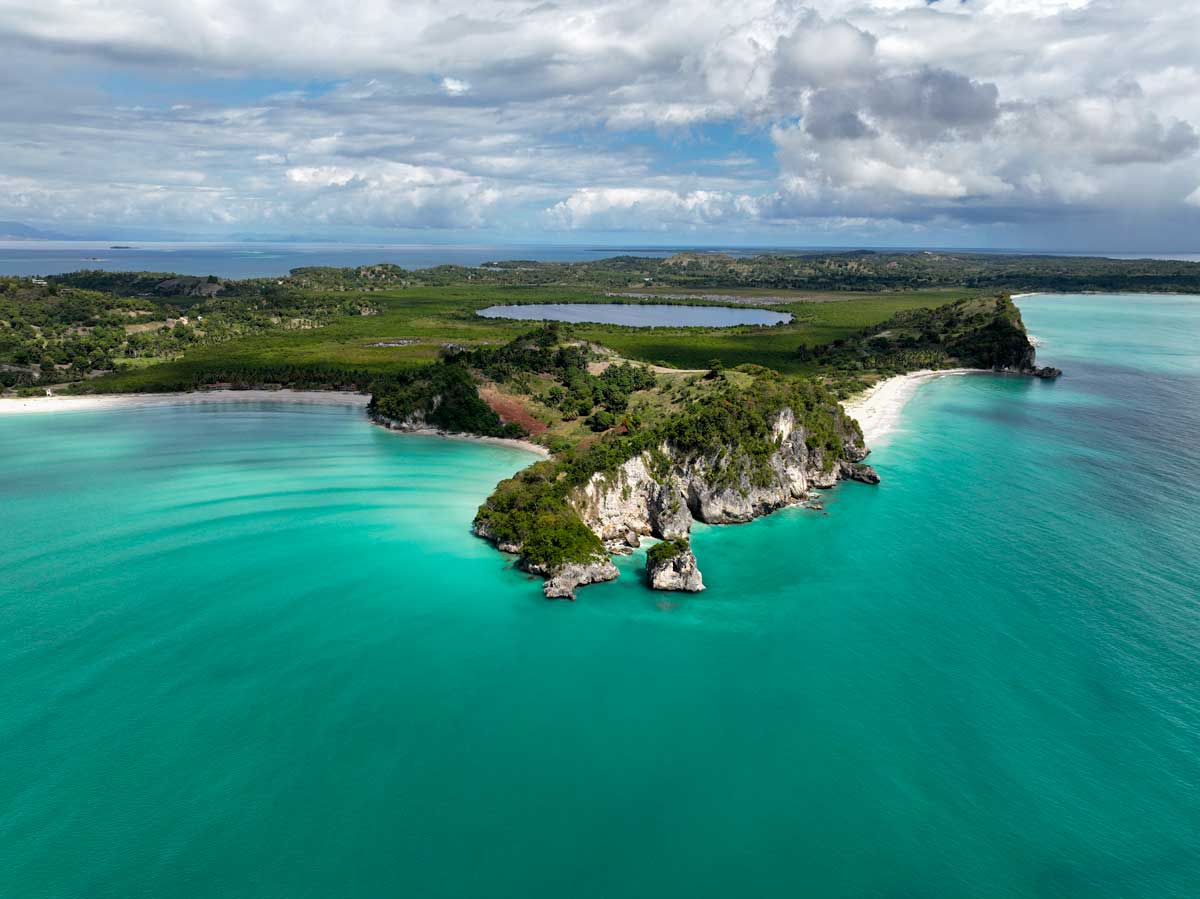
Photo: Anton Lau
5. Île-à-Vache
Sail south from Petite Cayemite and you’ll reach a place that feels almost too idyllic to be real. Île-à-Vache drapes itself just off Haiti’s southern coast like a secret too good to share — all coconut groves, storybook beaches, and sky-to-sea quiet. With no cars, no crowds, and no schedules, this is where time loosens its grip and the Caribbean shows its softer side.
Like Tortuga in the north, Île-à-Vache was once a pirate haven — Captain Morgan himself gathered his fleet here before launching his infamous raid on Cartagena. Today, the island moves to gentler rhythms: fishing boats pulled in at dawn, hammocks swaying under palm trees, barefoot walks through rustling trails. The main beach, Abaka Bay, is as close to a screensaver as you’ll get in real life: sugar-white sand, water so clear it could be glass, and barely a soul in sight. Most visitors arrive by boat from Les Cayes, and stay at L’Anse à l’Eau, a quiet hillside retreat with breezy bungalows, ocean views, and fresh grilled lobster on the table. Snorkel off the coast, sail to nearby Île des Amoureux, or do nothing at all. Some places ask for your attention — Île-à-Vache just lets you be.
Planning a trip south? Here’s everything you need to know about Île-à-Vache.
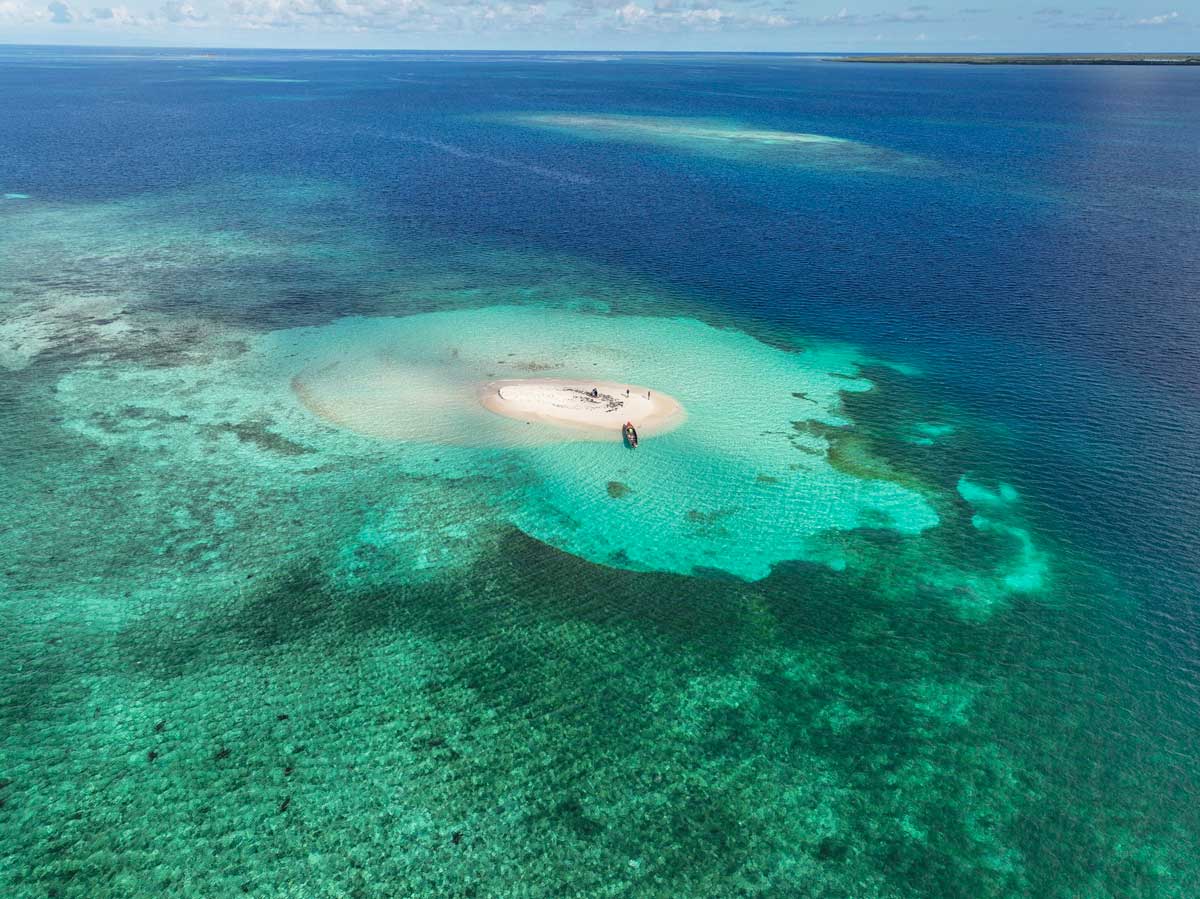
Photo: Anton Lau
6. Île des Amoureux
Some islands sprawl. Others shimmer. Île des Amoureux barely even exists — a sliver of sand floating in the Caribbean, like it was drawn by hand and then forgotten. Just 15 minutes by boat from Île-à-Vache, this sandbank-turned-island is the kind of place you only believe in once your feet touch it. No palms, no buildings, no shade. Just sky, sea, and your own quiet echo.
Locals call it Lovers Island, and it’s not hard to see why. Black-capped petrels drift overhead, pelicans glide low over the waves, and the whole place feels like a watercolor left to dry in the sun. (Want to know what else might fly by? Here are 10 birds you’ll find in Haiti.) Come for a mid-sea picnic, a bottle of something cold, or a swim in the clearest water imaginable. Stay just long enough to watch the tide rise around your ankles — then drift away, salt-kissed and sun-struck, wondering if it was ever really there.

Photo: Anton Lau
7. Île Belanten
Sail a little further from the sand-drift of Île des Amoureux, and the sea gives way to something sturdier: a quiet, tucked-away island community that doesn’t ask to be discovered. Île Belanten rises low from the bay — just a handful of homes with thatched roofs, drying nets stretched on bamboo frames, and fishing boats moored gently in the shallows. It looks like it was borrowed from the pages of Robinson Crusoe — only here, the story is still being lived.
Around 50 people call the island home, all fishermen and their families, carving out a rhythm that’s both ancient and entirely their own. If you visit, come gently. This isn’t a tourist attraction — it’s a village. But if you ask, someone might grill you a just-caught lobster over hot coals under an almond tree, serve it with a side of laughter, and remind you that hospitality doesn’t always come with a price tag. The air smells like woodsmoke and salt, the sea is always just a step away, and the beauty feels honest.
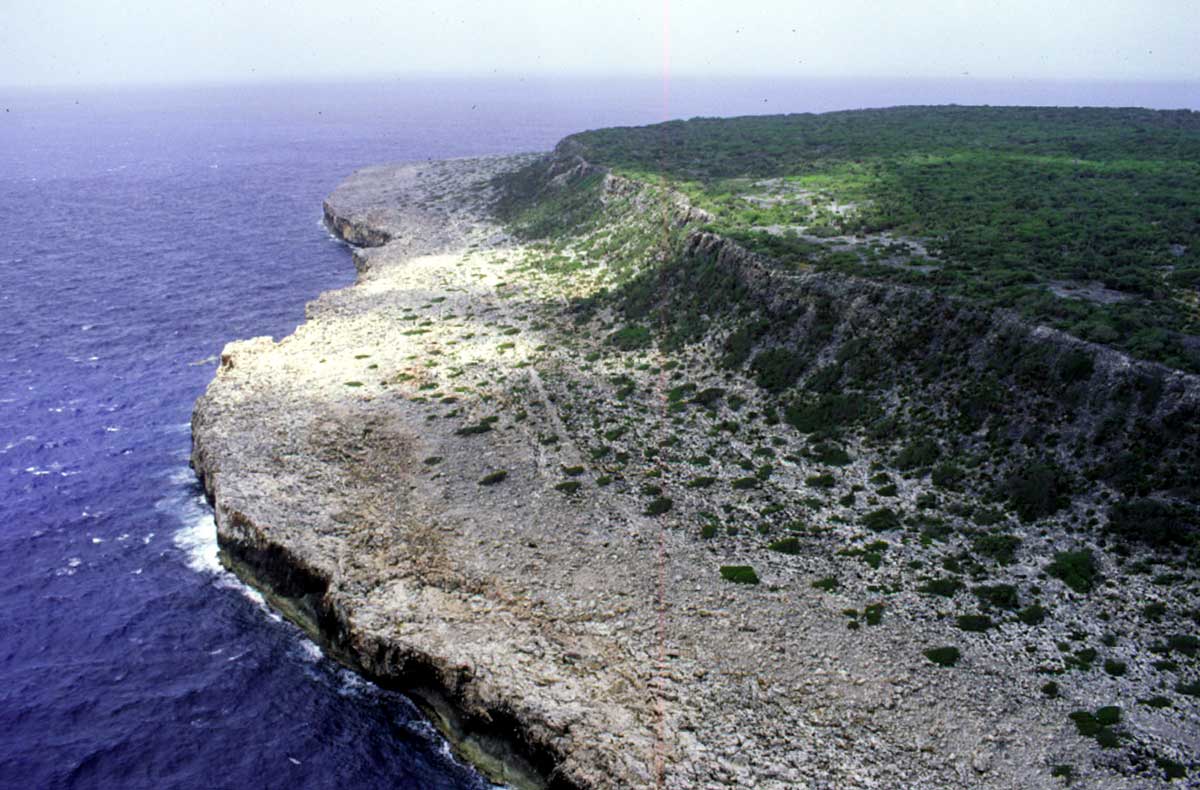
Photo: Wikimedia Commons
8. Navassa Island
If this journey ends anywhere, it’s here — with an island almost no one sees, and fewer still are allowed to touch. Navassa is a jagged limestone island adrift between Haiti, Jamaica, and Cuba uninhabited, off-limits, and fiercely contested. Legally and historically, it is Haitian territory — claimed in Haiti’s constitution since independence. But in 1857, under the pretext of bird droppings and the U.S. Guano Islands Act, the United States quietly seized it.
No villages, no beaches, no footprints — only cliffs, tangled brush, and coral reefs teeming with life. Below the surface, scientists have found rare elkhorn coral growing in strange, resilient shapes, clinging to sheer walls like something evolved in secret. Navassa is Haitian — but for now, it sits in limbo: protected, politicized, and quietly extraordinary.
Looking for More Beaches and Islands?

Paradise for your inbox
Your monthly ticket to Haiti awaits! Get first-hand travel tips, the latest news, and inspiring stories delivered straight to your inbox—no spam, just paradise.






